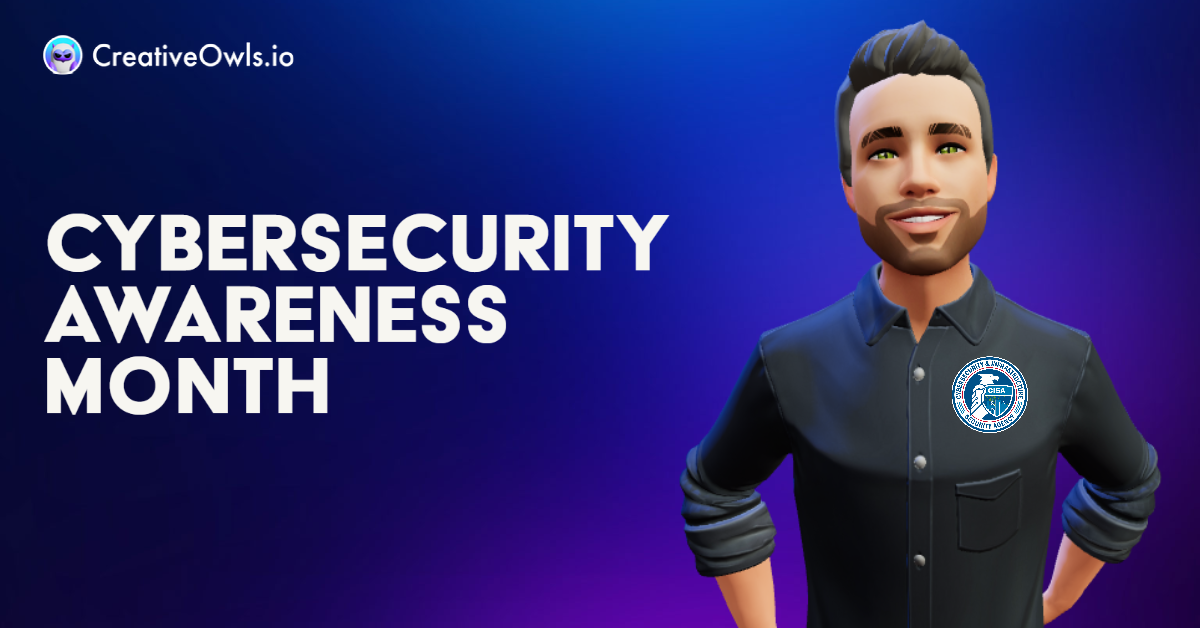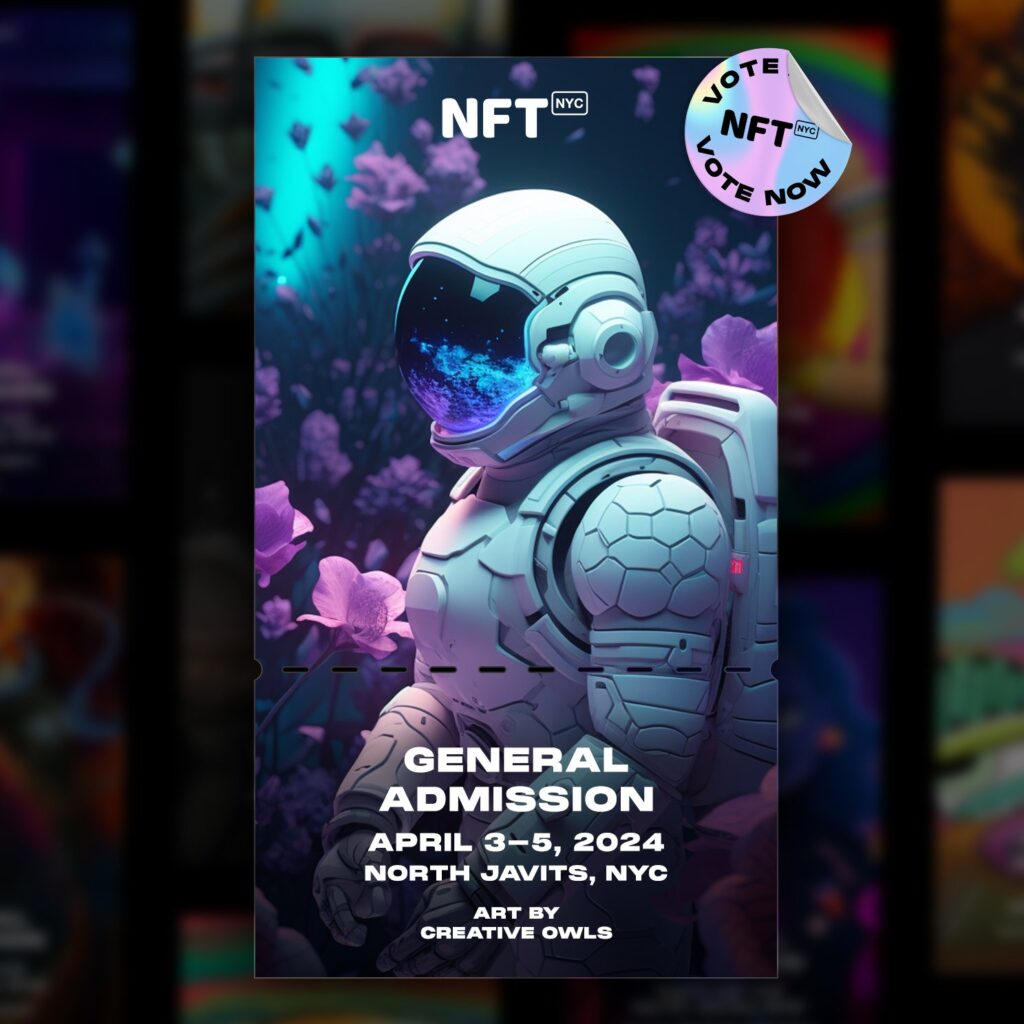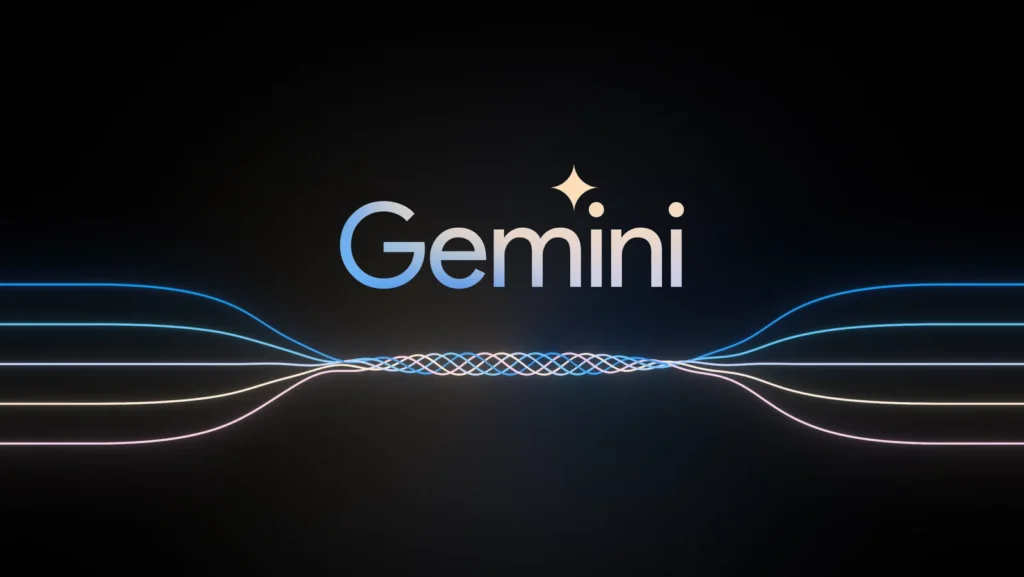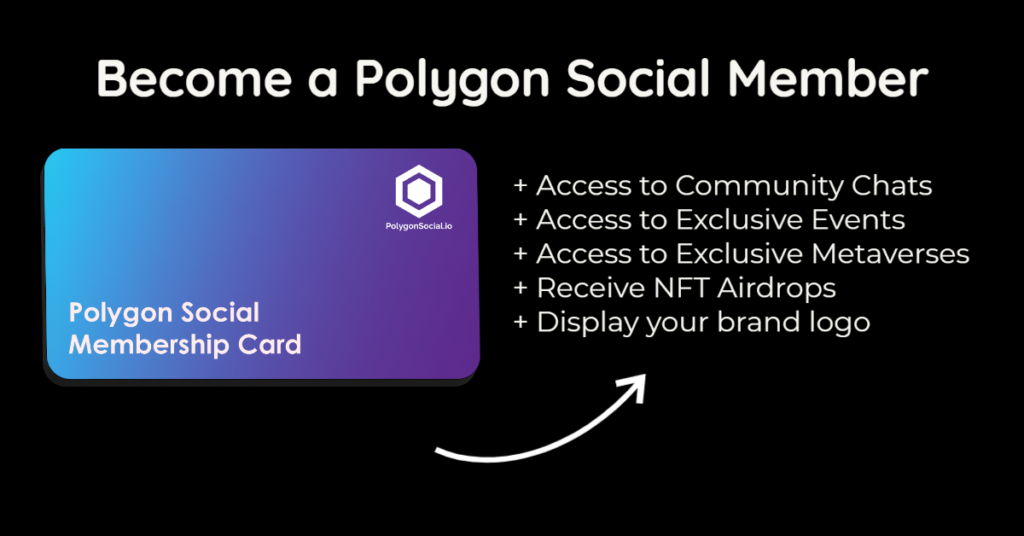
Welcome to Cybersecurity Awareness Month! Creative Owls is pleased to announce our participation in the Cybersecurity and Infrastructure Security Agency’s (CISA) annual campaign where together, we can greatly increase our cybersecurity online, at work, and at home by taking a few basic steps.
Take Control of Your Digital Safety!
Throughout the month of October, get to know the basics of cybersecurity at cisa.gov/cybersecurityawareness-month.
This is a great resource for our team as well anyone who could use a little refresher. This site will provide ways to learn and test your knowledge about:
- Enable multi-factor authentication (MFA) for all important online activities to provide an additional
layer of security - Use long, random and unique passwords
- Think before you click: recognize and report phishing
- Update your software
Cybersecurity is a constantly evolving field that requires us to be both responsible and aware of our online behavior. We must protect ourselves from unlawful access as well as criminal use, while ensuring confidentiality with integrity for information stored on networks or devices we utilize throughout the day – whether it’s at home in front of your computer screen during work hours; browsing social media sites after dinner time away from family obligations–or using some new app available only through smartphone stores today!
NOW YOUR CYBER BASICS
- Think Before You Click: Recognize and Report Phishing: If a link looks a little off, think before you click. It could be an attempt to get sensitive information or install malware.
- Update Your Software: Don’t delay – if you see a software update notification, act promptly. Better yet, turn on automatic updates.
- Use Strong Passwords: Use passwords that are long, unique, and randomly generated. Use password managers to generate and remember different, complex passwords for each of your accounts.
A password manager will encrypt passwords securing them for you! - Enable Multi-Factor Authentication: You need more than a password to protect your online accounts, and enabling MFA makes you significantly less likely to get hacked
POTENTIAL THREATS
Malware. A computer can be damaged or the information it contains harmed by malicious code (also known as malware). A malicious program can be a virus, a worm, or a Trojan horse. Hackers, intruders, and attackers are in it to make money off these software flaws.
Identity Theft and Scams. Identity theft and scams are crimes of opportunity, and even those who never use computers can be victims. There are several ways criminals can access your information, including stealing your wallet, overhearing a phone call, looking through your trash, or picking up a receipt that
contains your account number.
Phishing. Phishing attacks use emails, texts, and malicious websites that appear to be trusted organizations, such as charity organizations or online stores, to obtain user personal information.
Resource links – CISA TOOLKIT https://www.cisa.gov/sites/default/files/publications/CAM22_PublicToolkit_FINAL_OCC_CSD_DIR_508c.pdf








